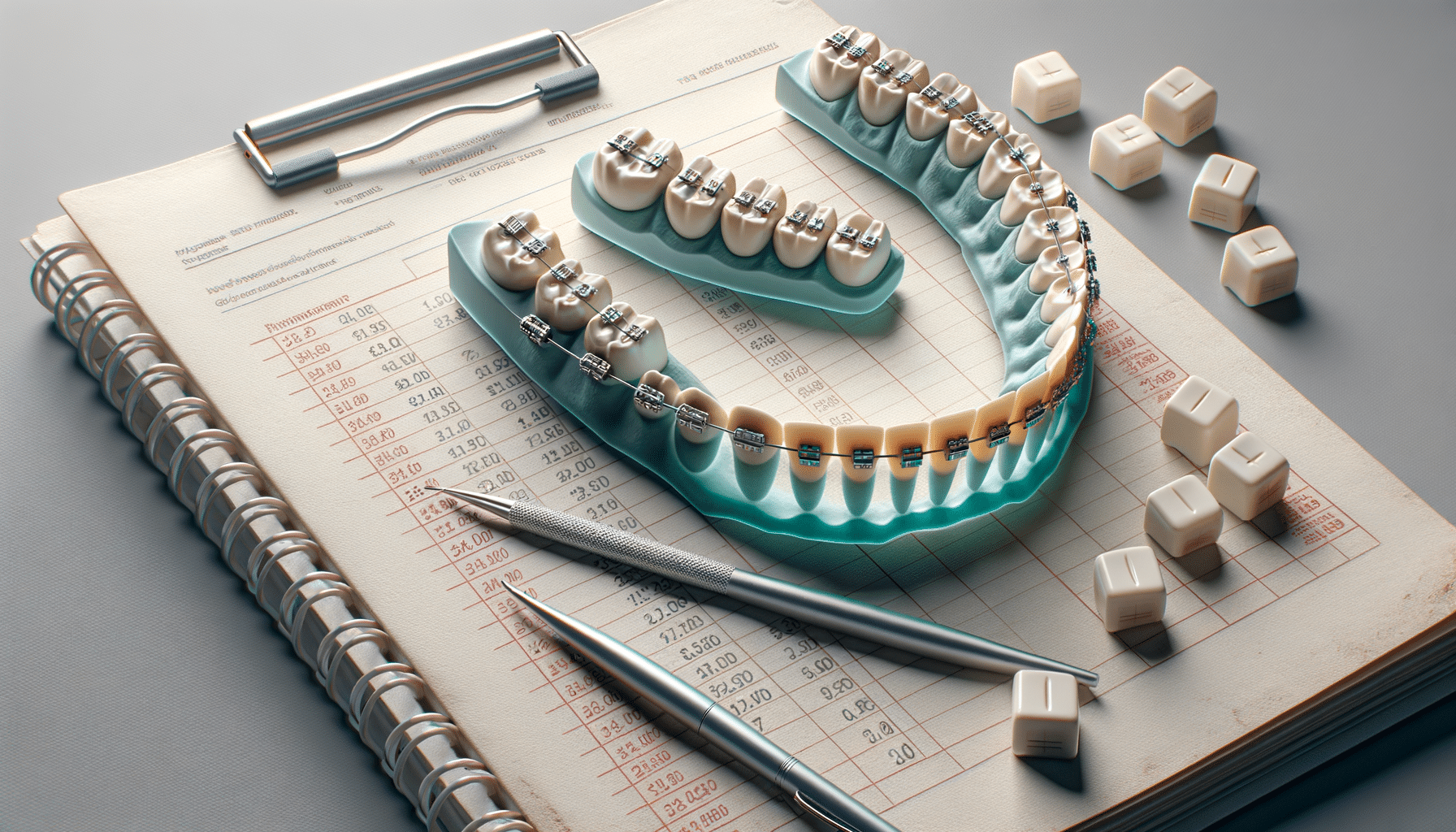
Braces: Your Complete Guide to a Perfect Smile
Understanding Adult Braces: A Modern Necessity
Gone are the days when braces were exclusively for teenagers. Today, adult braces are gaining popularity, offering a solution for those who missed out on orthodontic treatment during their younger years. The reasons adults opt for braces are varied, ranging from cosmetic enhancements to addressing dental issues that could lead to more severe problems if left untreated. Adult braces can correct misalignments, overbites, and even improve oral health by making teeth easier to clean.
One of the main advantages of adult braces is the variety of options available. Unlike traditional metal braces, which can be quite conspicuous, adults can choose from more discreet options such as ceramic braces or clear aligners. This flexibility allows individuals to select a treatment that fits their lifestyle and aesthetic preferences. Additionally, advancements in orthodontic technology mean that treatments are now faster and more comfortable than ever before.
It’s important to note that getting braces as an adult may come with its own set of challenges. The treatment duration can be slightly longer compared to teenagers, as adult bones are denser and less malleable. However, the results can be equally rewarding. A straight, healthy smile can boost confidence and improve overall quality of life. For adults considering braces, consulting with an orthodontist is the first step to understanding the most suitable options and the expected outcomes.
Ceramic Braces: A Blend of Aesthetics and Functionality
Ceramic braces are a popular choice for individuals seeking a more aesthetically pleasing alternative to traditional metal braces. Made from clear or tooth-colored materials, ceramic braces blend seamlessly with natural teeth, making them less noticeable. This feature is particularly appealing to adults and teenagers who are conscious of their appearance during orthodontic treatment.
Despite their subtle appearance, ceramic braces are highly effective in aligning teeth. They function similarly to metal braces, using brackets and wires to gradually move teeth into the desired position. The main difference lies in the material used for the brackets. Ceramic braces are known for their durability and resistance to staining, although it is essential to maintain good oral hygiene to preserve their appearance.
However, ceramic braces may not be suitable for everyone. They tend to be slightly more fragile than metal braces, which means they can break more easily if not handled with care. Additionally, ceramic braces can be more expensive due to the materials and precision required in their manufacturing. Despite these considerations, many find the aesthetic benefits to be worth the additional cost, making ceramic braces a top choice for those seeking orthodontic treatment without compromising on appearance.
Braces Cost: A Worthwhile Investment
When considering braces, the cost is often a significant factor for many individuals. The price of braces can vary widely depending on several factors, including the type of braces chosen, the complexity of the dental issues being addressed, and the duration of the treatment. On average, traditional metal braces tend to be the most affordable option, while ceramic braces and clear aligners can be more costly.
Investing in braces is not just about achieving a beautiful smile; it is also about improving oral health and preventing future dental issues. Misaligned teeth can lead to problems such as tooth decay, gum disease, and even jaw pain. By correcting these issues early on, individuals can avoid more expensive and extensive treatments down the line.
Many orthodontists offer flexible payment plans and financing options to make braces more accessible. Additionally, some dental insurance plans may cover a portion of the cost, particularly if the treatment is deemed medically necessary. It’s crucial to discuss all available options with your orthodontist to understand the full scope of the investment and the potential long-term benefits.


